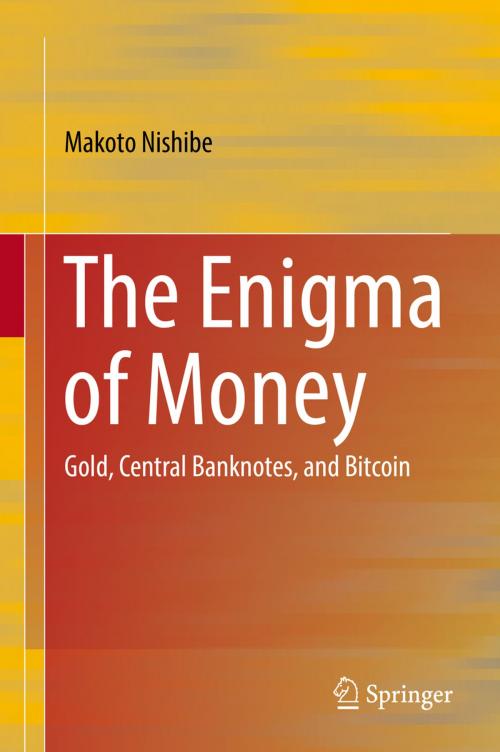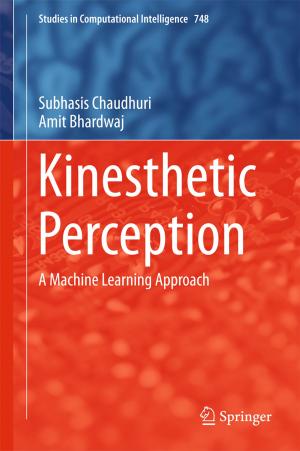The Enigma of Money
Gold, Central Banknotes, and Bitcoin
Business & Finance, Economics, Macroeconomics| Author: | Makoto Nishibe | ISBN: | 9789811018190 |
| Publisher: | Springer Singapore | Publication: | October 24, 2016 |
| Imprint: | Springer | Language: | English |
| Author: | Makoto Nishibe |
| ISBN: | 9789811018190 |
| Publisher: | Springer Singapore |
| Publication: | October 24, 2016 |
| Imprint: | Springer |
| Language: | English |
This book provides a new way of understanding modern money and markets by stressing their self-fulfilling/self-destructive properties as institutions from evolutionary perspectives. In contrast to an unrealistic view of the neoclassical general equilibrium theory that models the price mechanism of a “concentrated market” without using money, presented here is an alternative theory of markets on how a realistic “dispersive market” using a stock of money and inventory as buffers can work as a multilayered price-quantitative adjustment system.
The central features of modern sovereign moneys seen in inconvertible IOUs of central banknotes can be depicted as “The Emperor's New Clothes” that correspond to the U.S. dollar and the Euro void of their own value. The image captures such characteristics of national currencies as “self-fulfilling ideas” by the inertia of conventions in the past and expectations of an uncertain future. Both ideas normally make money more acceptable and circulative so that its value can become more stable unless expectations for the future turn very pessimistic.
The same logic also applies to such other currencies as Bitcoin and community currencies. Their recent diffusion has shown that Hayek's idea of denationalization of money and competition between multiple currencies in terms of its qualities, not its quantities sought as in ongoing quantitative easing, become more relevant under current situations. The qualities of money refer not only to stable monetary values and low transaction costs, but also to high ability in creating, sharing, and communicating social and cultural value.
The potential of the logic of self-fulfillment of ideas can thus open up a new economic society when we realize that such various non-national currencies all depend on the same logic of money.
This book provides a new way of understanding modern money and markets by stressing their self-fulfilling/self-destructive properties as institutions from evolutionary perspectives. In contrast to an unrealistic view of the neoclassical general equilibrium theory that models the price mechanism of a “concentrated market” without using money, presented here is an alternative theory of markets on how a realistic “dispersive market” using a stock of money and inventory as buffers can work as a multilayered price-quantitative adjustment system.
The central features of modern sovereign moneys seen in inconvertible IOUs of central banknotes can be depicted as “The Emperor's New Clothes” that correspond to the U.S. dollar and the Euro void of their own value. The image captures such characteristics of national currencies as “self-fulfilling ideas” by the inertia of conventions in the past and expectations of an uncertain future. Both ideas normally make money more acceptable and circulative so that its value can become more stable unless expectations for the future turn very pessimistic.
The same logic also applies to such other currencies as Bitcoin and community currencies. Their recent diffusion has shown that Hayek's idea of denationalization of money and competition between multiple currencies in terms of its qualities, not its quantities sought as in ongoing quantitative easing, become more relevant under current situations. The qualities of money refer not only to stable monetary values and low transaction costs, but also to high ability in creating, sharing, and communicating social and cultural value.
The potential of the logic of self-fulfillment of ideas can thus open up a new economic society when we realize that such various non-national currencies all depend on the same logic of money.















